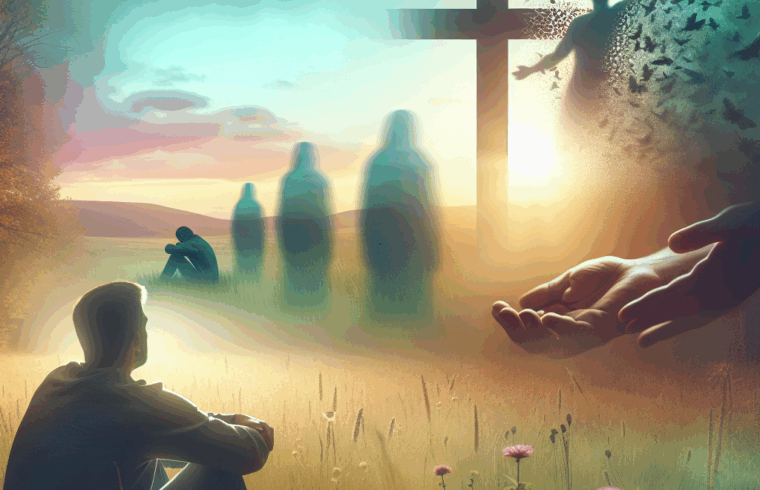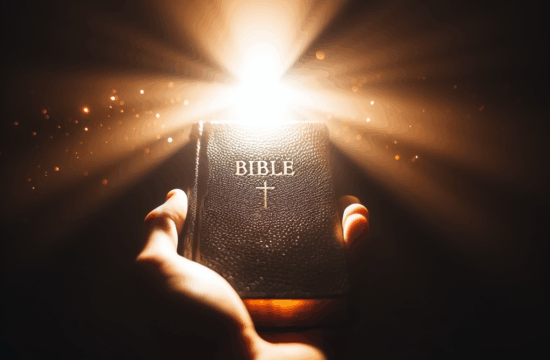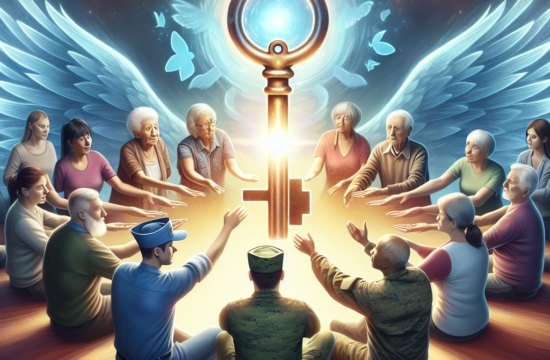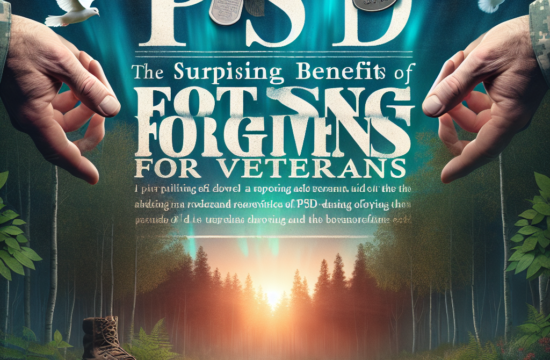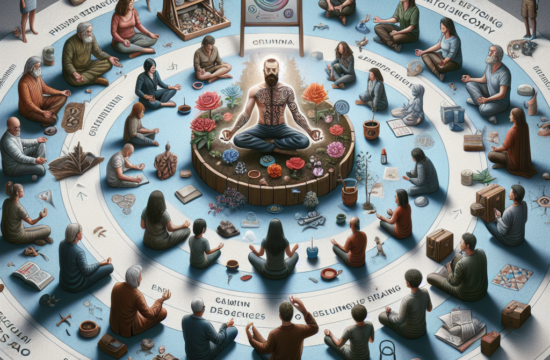==> Thank you for reading this post! Click Here If you are looking for support and Victory over PTSD.
Understanding PTSD
What is PTSD?
In my journey, understanding PTSD has been crucial. Post-Traumatic Stress Disorder is often a response to trauma that leaves deep wounds in the soul. It’s not just soldiers; it can affect anyone who’s faced a life-altering event. From car accidents to the loss of a loved one, PTSD can manifest in various ways, like flashbacks or intense anxiety.
I can relate to those overwhelming feelings. It felt like a haunting presence, and comprehending PTSD meant acknowledging that it isn’t just about the brain; it’s about my entire being. Emotions, memories, and faith all play a role in this complex condition.
Recognizing PTSD is the first significant step in healing. It helps us grasp why we feel the way we do. By understanding its nature, I’ve been able to begin the road to recovery while leaning on my faith for support.
The Impact of Trauma
Trauma changes us. Speaking from experience, those dark moments create scars that aren’t easily seen. The emotional and psychological impact can often ripple through our relationships, work, and even our spiritual life. For me, it shook my foundation, making everything feel unstable.
Beyond the immediate response, trauma can shape our worldview. I felt distrust and disconnection from others, thinking no one could understand. The fear that accompanied my experiences spilled into every aspect of life, but recognizing this was a pivotal moment.
Embracing community support, whether through close friends or church groups, helped me realize that trauma isn’t isolating. We can heal together, embracing our stories and leaning on faith to guide us through the tumultuous waters.
Signs and Symptoms
Recognizing my symptoms was eye-opening. The heart palpitations, the insomnia, and the emotional outbursts were signals from my body that something was wrong. PTSD makes life feel like a rollercoaster, with highs of hope intertwining with lows of despair.
It’s important to remember that symptoms can vary from person to person. For me, the shame of feeling broken was arguably the hardest part. Coming to terms with these signs has paved the way for navigating recovery, with faith gently nudging me toward healing.
Being aware of these signs can make a difference. It’s about tuning in to what your body tells you and responding with compassion rather than judgment. Accepting my experience helped me take more personalized steps toward healing.
Faith as a Foundation for Healing
The Role of Faith in Recovery
Faith has been my anchor during storms of doubt and pain. It’s not just about attending church services; it’s about forging a personal relationship with God. I learned that asking for help and guidance is part of this bond. Trusting that God’s grace covers my flaws made the journey less daunting.
Integrating faith into my healing meant I began to view my struggles through a spiritual lens. Instead of feeling punished for my experiences, I started seeing them as part of a larger journey where God walks alongside me. This perspective was transformative.
Through prayer and reflection, I found a sense of peace. It acted almost like a guiding light, helping me navigate through darkness. My conversations with God felt like therapy, reminding me I’m never alone, even in my deepest valleys.
Scripture as Comfort
Scriptures became my comforting blanket. In times when my own words felt insufficient, the Word of God reassured me. Verses like 2 Corinthians 1:3-4 reminded me of God’s ability to bring comfort during trials.
I often found myself memorizing these verses. Each one became a lifeline I recited during moments of despair. It’s like having a personal cheerleader in my corner, whispering hope when the shadows of PTSD loomed large.
Reflecting on these scriptures has often allowed me to connect with something greater than myself. It became a guiding principle that steered my thoughts away from fear toward faith. The more I immersed myself in the scriptures, the more resilient my spirit felt.
Community Support
Finding a supportive community has been key. I learned that healing doesn’t have to be a lonely journey. Surrounding myself with others who have had similar experiences gave me strength and encouraged me to be vulnerable in a safe environment. It felt liberating to be around people who genuinely understood what I was going through.
Church groups, support meetings, or just having coffee with trusted friends made a world of difference. Sharing stories, discussing struggles and laughter combined make healing more manageable. There’s power in collective experience that promotes growth and understanding.
Get Support and Help with Recovery! Visit us for more Information and Support
Engaging in community service has also been freeing. Helping others in their journey allowed me to shift my focus from my struggles to being a source of light for someone else. This reciprocity of faith and support helped me rediscover purpose beyond my pain.
Practical Steps Towards Healing
Developing Healthy Coping Mechanisms
One of the best pieces of advice I picked up was the importance of healthy coping mechanisms. Instead of defaulting to old habits or avoidance, I started implementing positive practices into my routine. For me, that meant journaling my thoughts and feelings to process rather than suppress them.
Seeking therapy became a crucial tool. Having an outlet to express my feelings was freeing. Therapists can offer perspectives and coping strategies that feel hard to find alone. Building a relationship with a trusted guide in this space has been invaluable.
Physical activity also played a role in my healing journey. Incorporating exercise into my daily routine kept my mind and body engaged, and it helped me to blow off steam. Whether it’s yoga, walking, or even dance, movement has a way of lifting the weight off your shoulders.
Practicing Mindfulness and Gratitude
Mindfulness changed my life. By grounding myself in the present moment through breathing exercises and meditation, I learned not to dwell on the past or worry about the future. Cultivating this practice allowed me to observe my thoughts without judgment, creating space for acceptance.
Embracing gratitude has been profoundly healing. Each day, I started reflecting on small blessings, shifting my focus from what stressed me out to what enriched my life. It sounds cliché, but it really made me see the brighter side – even on the hard days.
Incorporating these practices into my daily routine offered a refreshing perspective. I’ve learned that gratitude leads to joy, even amidst trials. When you start to count your blessings, you cultivate a sense of peace that surpasses understanding.
Setting Realistic Goals
Setting realistic and attainable goals has been something I struggled with at first. I had this tendency to want to rush through my healing process or push my limits. Finding balance in setting goals allowed me progress without overwhelming myself.
In my experience, breaking down large goals into smaller, manageable steps made the process feel less daunting. Aiming to engage in one positive activity a day or reaching out to a friend once a week was a great place to start and allowed me to build momentum.
Celebrating these small victories has been just as important. Completing a goal, no matter how small, brought a sense of accomplishment. Recognizing progress, no matter how incremental, helped me to appreciate the journey and encouraged perseverance.
Conclusion
Healing from PTSD through a Christian lens has taught me that it’s possible to reclaim my life. The journey is not a straight path, but rather a winding road filled with grace, support, and faith. Embracing every aspect of this journey, from understanding PTSD to community support and the power of faith, has turned my scars into stories of resilience.
FAQ
1. What is PTSD?
PTSD, or Post-Traumatic Stress Disorder, is a mental health condition triggered by a traumatic event, affecting anyone from veterans to accident survivors.
2. How can faith play a role in healing PTSD?
Faith can provide a sense of comfort and hope, helping individuals process their trauma through prayer, scripture, and trust in a higher power.
3. What are healthy coping mechanisms for PTSD?
Healthy coping mechanisms include therapy, journaling, exercise, and mindfulness practices that promote emotional well-being and resilience.
4. Why is community support important in healing?
Community support fosters connection, understanding, and shared experiences, providing strength and encouragement to those on a healing journey.
5. How can I practice gratitude in my daily life?
Practicing gratitude can involve reflecting on daily blessings, keeping a gratitude journal, or sharing what you’re thankful for with friends or family.

